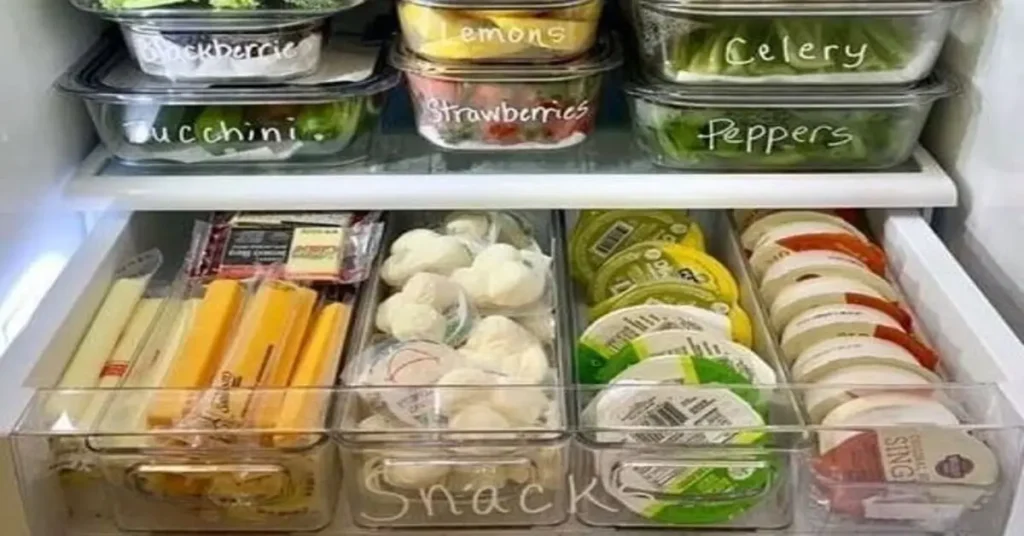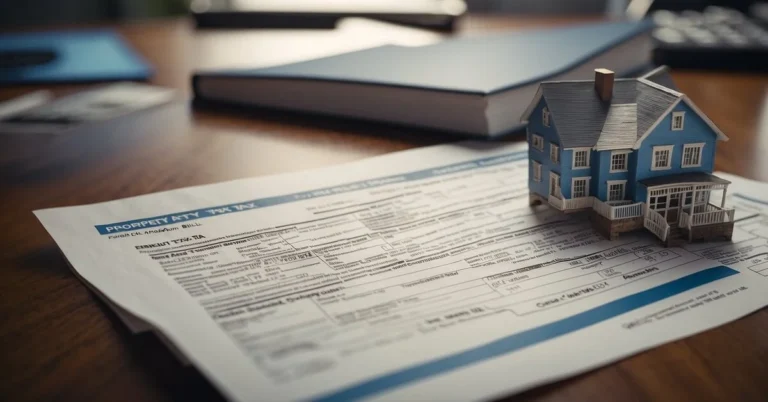Are you tired of overspending on groceries and eating out? Do you want to save money while still enjoying delicious, nutritious meals? Look no further than budgeting for meals! By planning, choosing budget-friendly ingredients, and making the most of leftovers, we can create satisfying meals without breaking the bank.
Understanding meal budgeting is the first step to saving money on food. This involves setting a realistic budget for groceries and eating out, and tracking our spending to ensure we stay within that budget. We can also save money by choosing less expensive ingredients, buying in bulk, and avoiding pre-packaged meals and snacks.
Planning your meals is another key component of meal budgeting. By creating a weekly or monthly meal plan, we can avoid impulse purchases and ensure we have all the ingredients we need on hand. This also allows us to make the most of leftovers, using them in creative ways to create new meals and minimize food waste.
Key Takeaways
- Understanding meal budgeting is essential for saving money on food.
- Planning your meals and making the most of leftovers can help you stick to your budget.
- Choosing budget-friendly ingredients and avoiding pre-packaged meals can also save you money.
Understanding Meal Budgeting
When it comes to budgeting for meals, it can be a daunting task to figure out how much you should be spending on groceries each week or month. BUT, with a little bit of planning and preparation, you can save money on your grocery expenses while still feeding a family of four or more.
One of the most important steps in meal budgeting is meal planning. Creating a meal plan can help you stay on track with your budget and eliminate costly last-minute meals. A good meal plan will provide structure so you know exactly what food to buy and when to buy it. You can create a weekly or monthly meal plan, depending on your preference.
To create a meal plan, start by looking at your schedule for the week or month. Consider what meals you will need to prepare and what ingredients you will need. Make a list of the meals you plan to prepare and the ingredients needed for each meal. This will help you avoid buying unnecessary items and reduce food waste.
When creating your meal plan, it’s important to consider your budget. Set a realistic budget for your groceries and plan your meals accordingly. You can also use coupons, buy in bulk, and shop sales to save money on your grocery expenses.
Another important aspect of meal budgeting is being mindful of the types of foods you are buying. Processed and pre-packaged foods can be more expensive than fresh, whole foods. Consider buying fresh fruits and vegetables, whole grains, and lean proteins to save money on your grocery expenses while still eating healthy.
Planning Your Meals

When it comes to budgeting for meals, planning is key. Taking the time to create a meal plan can save you both time and money in the long run. Here are some tips for planning your meals:
Helpful Apps
There are a variety of apps available that can help with meal planning. Some popular options include:
- Mealime: This app allows you to select your dietary preferences and then generates a weekly meal plan and grocery list based on your choices.
- Cookpad: This app allows you to search for recipes and save them to your recipe book. You can also create meal plans and shopping lists based on the recipes you’ve saved.
- Paprika Recipe Manager: This app allows you to save recipes from the web and organize them into your recipe book. You can also create meal plans and grocery lists based on the recipes you’ve saved.
Using an app like one of these can help streamline the meal planning process and make it easier to stick to your budget.
Time
When planning your meals, it’s important to consider how much time you have available to cook. If you have a busy schedule, you may want to focus on recipes that can be prepared quickly or that can be made ahead of time. Slow cooker recipes and freezer meals can be great options for busy weeknights.
Menu
When creating your meal plan, think about the types of meals you want to include. You may want to plan for a mix of different cuisines or focus on meals that use seasonal ingredients. Don’t be afraid to try new recipes or experiment with different flavors.
Meal Plan
Creating a meal plan for the week can help you stay on track with your budget. When planning your meals, consider what ingredients you already have on hand and what items you need to purchase. This can help you avoid buying unnecessary items at the grocery store.
Cheap Dinner Ideas
When trying to stick to a budget, it’s important to look for cheap dinner ideas. Meals that use inexpensive ingredients like beans, rice, and pasta can be a great option. You can also look for sales and coupons at the grocery store to help save money.
Breakfast for Dinner
Don’t be afraid to mix things up and have breakfast for dinner. Eggs, pancakes, and waffles can be a fun and budget-friendly option. Plus, breakfast foods are often quick and easy to prepare.
Budget-Friendly Ingredients

When it comes to budgeting for meals, one of the most important things to consider is the cost of ingredients. Fortunately, there are plenty of budget-friendly options that can still provide delicious and nutritious meals. Here are some of our favorite budget-friendly ingredients:
- Rice and potatoes are both incredibly versatile and affordable ingredients that can be used in a wide variety of dishes. Whether you’re making a stir-fry, a casserole, or a soup, these staples can help stretch your budget and provide a filling base for your meals.
- Beans and lentils are another great budget-friendly option that can be used in a variety of dishes. They’re a great source of protein and fiber and can be used in everything from chili to salads to dips.
- Pasta is a classic budget-friendly ingredient that can be used in a variety of dishes. Whether you’re making spaghetti and meatballs or a simple pasta salad, this pantry staple can help keep your grocery bill down while still providing a filling and satisfying meal.
- Ground Beef: While meat can be one of the most expensive ingredients in a meal, ground beef is a budget-friendly option that can be used in a variety of dishes. From tacos to meatloaf to spaghetti sauce, this versatile ingredient can help add flavor and protein to your meals without breaking the bank.
- Broccoli, Garlic, and Onions: When it comes to adding flavor and nutrition to your meals, broccoli, garlic, and onions are all great options. They’re all affordable and can be used in a variety of dishes, from stir-fries to soups to roasted vegetables.
- Basic Ingredients: Finally, it’s important to remember that sometimes the most basic ingredients can be the most budget-friendly. Items like flour, sugar, salt, and spices can help add flavor and texture to your meals without adding a lot of cost.
By incorporating these budget-friendly ingredients into your meal planning, you can help keep your grocery bill down while still enjoying delicious and nutritious meals.
Making the Most of Leftovers
When it comes to budgeting for meals, one of the best ways to save money and reduce food waste is to make the most of leftovers. With a little creativity and planning, you can turn yesterday’s meal into today’s delicious lunch or dinner.
Planning is key to making the most of leftovers. When you’re making a meal, think about how you can repurpose the leftovers for another meal. For example, if you’re making roasted chicken for dinner, you can use the leftovers to make chicken salad for lunch the next day. Leftover rice can be turned into fried rice, and leftover veggies can be added to a stir-fry.
Another way to make the most of leftovers is to freeze them for later. Soups, stews, and casseroles freeze well and can be reheated quickly on busy weeknights. You can also freeze leftover meat and use it in tacos or burritos later on.
Here are some additional tips for making the most of leftovers:
- Be creative. Use leftovers as a base for new meals.
- Combine veggies, starch, and protein for a hash.
- Turn soup into a casserole.
- Make a pizza with leftover meat and veggies.
- Whip up a frittata or quiche with leftover veggies and cheese.
By making the most of leftovers, you can save money, reduce food waste, and enjoy delicious meals without spending a lot of time in the kitchen.
Our Meal Budgeting Tips

When it comes to budgeting for meals, we understand that it can be a daunting task. Here are a few tips that we have found to be helpful:
Plan Your Meals
One of the most important things you can do when budgeting for meals is to plan your meals ahead of time. This will help you avoid last-minute trips to the grocery store and prevent you from buying unnecessary items. Take some time each week to plan out your meals for the week, and make a list of the ingredients you will need.
Shop Smart
When shopping for groceries, it’s important to shop smart. Look for sales, use coupons, and buy in bulk when possible. It’s also a good idea to buy generic brands instead of name brands, as they are often just as good but less expensive.
Cook at Home
Cooking at home is a great way to save money on meals. Not only is it less expensive than eating out, but it’s also healthier. When cooking at home, try to make larger batches of meals and freeze the leftovers for later. This will save you time and money in the long run.
Use the Three P’s
When it comes to eating on a budget, we like to use the three P’s: plan, purchase, and prepare. By planning your meals ahead of time, purchasing smartly, and preparing your meals at home, you can save money and eat healthy at the same time.
Don’t Waste Food
Finally, it’s important to not waste food when budgeting for meals. Use leftovers to make new meals, and try to use up all the ingredients you buy. This will not only save you money, but it’s also better for the environment.
By following these tips, we believe that you can successfully budget for meals without sacrificing taste or nutrition.
Frequently Asked Questions
How do I create a food budget?
Creating a food budget can seem overwhelming, but it doesn’t have to be. Start by determining how much you can realistically spend on groceries each month. Take into account your income and any other expenses you have. Once you have a set amount, make a list of all the meals you plan to make for the week. Use this list to create a grocery list and stick to it when you go shopping. It’s also helpful to buy in bulk when possible and to look for sales and coupons to save even more money.
Why budgeting for meals?
Budgeting for meals is important because it helps you save money and stay on track financially. It also encourages you to plan and make healthier choices. By creating a meal plan and sticking to a budget, you can avoid impulse buys and unnecessary trips to the grocery store, which can add up over time. Plus, you’ll be able to make more informed decisions about what you’re eating, which can lead to a healthier lifestyle overall.
What are the three P’s for eating on a budget?
The three P’s for eating on a budget are plan, purchase, and prepare. Planning is key to sticking to a budget, so take the time to create a meal plan and grocery list each week. When you’re at the store, purchase only what’s on your list and look for sales and coupons to save money. Finally, prepare your meals at home instead of eating out. This not only saves money but also allows you to control what goes into your food and make healthier choices.
I hope you found some inspiration or useful tips in our article on ’budget book ideas’! If so, I’d love to hear your thoughts and ideas in the comments below! And if you’re looking for more insightful content, don’t hesitate to explore our other articles:
- Budget Book Ideas: Simple Strategies for Financial Empowerment
- Budgeting For Young Adults: Fun Ways To Manage Money
- Financial Planning For Nurses: Securing Your Future With Smart Money Moves
Your comments help us create better content for you. Happy reading!






